How to Charge Electric Golf Cart
Understanding how to charge electric golf cart the right way keeps your cart reliable, your range steady, and your battery costs low. Charging looks simple, but small choices shape battery life in a big way. When you match the charger to your battery chemistry, plug in at the right time, and avoid heat and deep discharges, your pack lasts longer and performs better. This guide explains the practical routine for both lead‑acid and lithium packs, shows you what to watch before and after a charge, and gives you a clean plan you can repeat every time you park.

Know your battery before you plug in
First, identify the battery type and pack voltage. Most carts use 36‑, 48‑, or 72‑volt systems. The two common chemistries are flooded lead‑acid and lithium iron phosphate (LiFePO₄). Lead‑acid batteries have caps for distilled water and prefer a full charge after use. Lithium batteries do not need watering and accept partial top‑ups well. Your charger must match chemistry and voltage. If you are unsure, check the battery labels and the manual. A quick check now prevents slow charging, early shutdowns, and long‑term damage later.
Set the stage for a safe charge
Choose a cool, ventilated spot. Lift the seat or open the battery compartment so heat and any gas can escape. Turn the cart off and remove the key. Look at the charge port and the cable ends. If you see cracked insulation, burnt marks, or loose pins, fix those before you charge. A firm, clean connection reduces resistance and keeps temperatures down. If you just drove hard, let the pack cool for a few minutes. Cooler batteries accept charge more evenly, so you reach full faster and with less stress.

Lead‑acid routine that protects capacity
Plug the charger into the cart. Then connect to the wall unless your manual says otherwise. Start the charge the same day you use the cart. Do not leave a lead‑acid pack sitting half full overnight. Lead‑acid chemistry dislikes partial charge storage and loses capacity when plates sulfate. Let the charger run to completion. When it stops or enters float, leave the pack to cool. Afterward, check fluid levels if you have flooded cells. Only top up after charging, and use distilled water. Keep the liquid just below the split ring. Wipe any acid mist from the tops and tighten loose lugs. This small routine keeps internal resistance low and helps every cell share the load.
Lithium routine that favors convenience
Lithium packs make charging easier. Use a charger designed for LiFePO₄ and for your pack voltage. Many systems include a Battery Management System. If you have a Bluetooth app, open it and confirm status before and after a charge. Top up whenever it suits your schedule. Lithium handles partial charges well and does not need to hit 100% every time. Avoid charging below freezing unless the pack has a heater or low‑temperature support. When you need maximum range, allow the charger to finish the final taper so the cells balance. That balance step protects long‑term health and keeps the state‑of‑charge display accurate.

Pick the right charger for your use
Choose quality over gimmicks. A smart charger senses state of charge, charges in stages, and stops when the pack is full. That profile extends battery life with no extra work from you. If you run the cart often and need quick turnarounds, a higher‑amp unit may help, as long as your wiring and receptacle support it. On‑board chargers add everyday convenience. Portable units help if you service more than one cart. Whatever you pick, match voltage and chemistry exactly. A mismatched charger can undercharge, overcharge, or simply heat the pack more than it should.
Build a repeatable daily habit
Park, power down, plug in. That simple habit anchors your routine and removes guesswork. For lead‑acid packs, aim for a full charge after each day of use. For lithium, top up when you like, and save full charges for days when you need the range. Avoid deep discharges. Try to end rides with reserve energy, not with the pack on its knees. When you return home, charge in the same cool, ventilated spot and confirm that the charger begins the cycle. A quick glance at the indicators prevents surprises later.
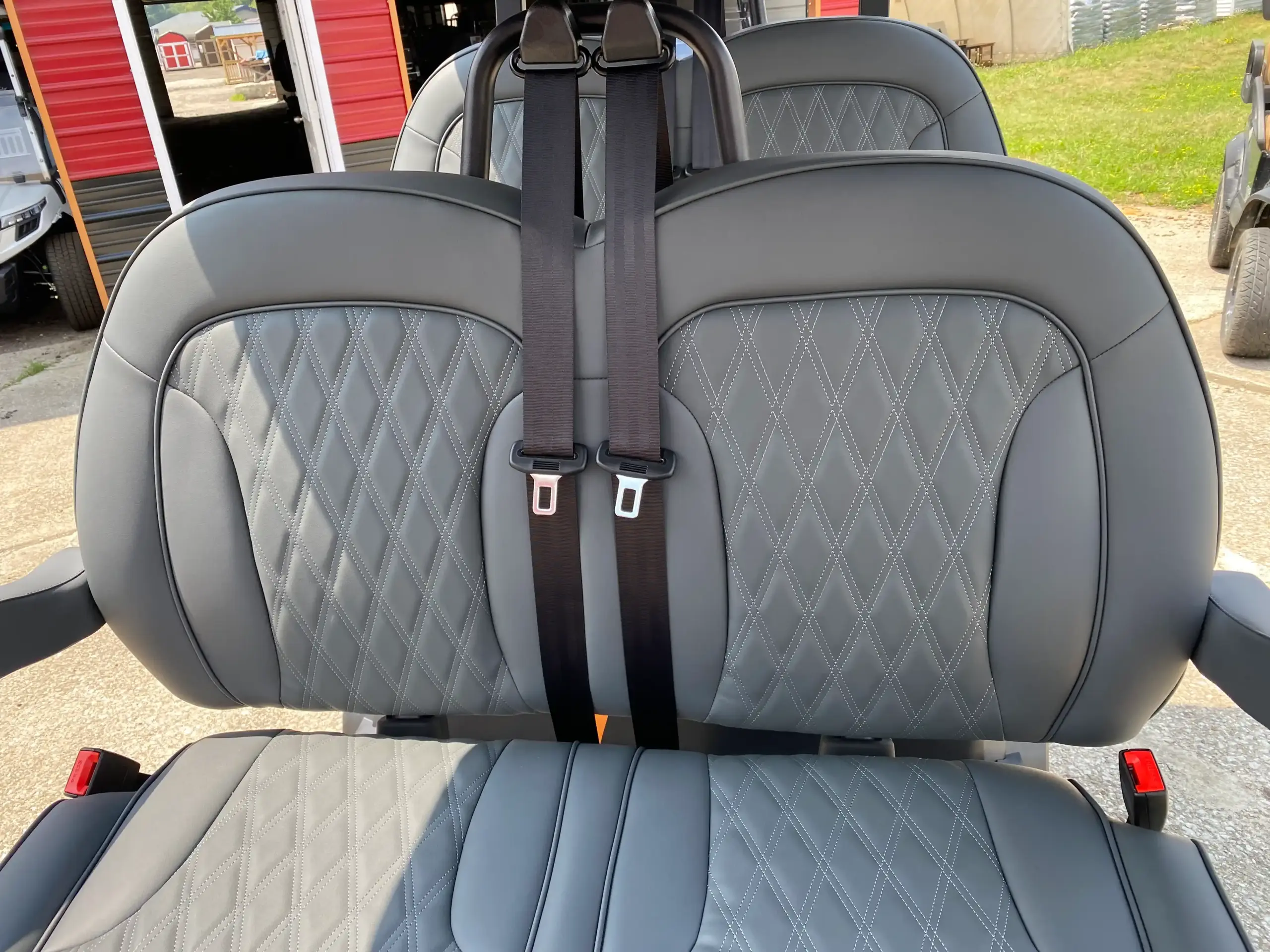
Mind temperature, because heat ages batteries
Heat speeds up chemical reactions that wear out cells. You can lower that stress with a few simple choices. Do not charge in direct sun. Give a hot pack a short rest before you plug in. Keep cables off the floor if water might pool. If your space gets very cold, plan around it. Lead‑acid will charge slowly in the cold, but it will still charge. Lithium should not charge below freezing unless the pack has protection. A small change in routine prevents big losses in life and range.
Storage and seasonal use
If you will not use the cart for a while, plan a quick storage setup. For lead‑acid, clean the tops, charge fully, and either leave a safe maintainer on or schedule periodic top‑ups. Do not store that pack flat. For lithium, store around half charge, ideally between 40% and 60%. A cool, dry place is best for both chemistries. Before the first spring ride, inspect cables, check voltage, and give a full, easy charge. This checkup catches small issues before they strand you halfway to the clubhouse.

Fix weak charging before it becomes failure
When a charger clicks on and shuts off quickly, start with simple checks. Confirm the outlet and breaker work. Look for a loose plug at the cart port. Watch the indicator lights and note any code. With a voltmeter, read pack voltage. Some smart chargers refuse to start if voltage falls too low. In that case, a technician can wake the pack safely. If you have a lithium app, open it. The BMS may block charging due to low temperature or cell imbalance. Correct the cause and try again. Early action saves a pack that might otherwise fade for good.
Clean power in, clean connections out
Good charging starts with good connections. Tighten lugs to spec, but do not over‑torque. Clean corrosion as soon as you see it, then rinse and dry. Keep the charge port free of sand and grass. A tidy compartment runs cooler and charges more evenly. You will also spot problems before they escalate. A melted receptacle or a browned plug tells you that resistance built up somewhere. Replace worn parts right away. The parts are cheap; new batteries are not.
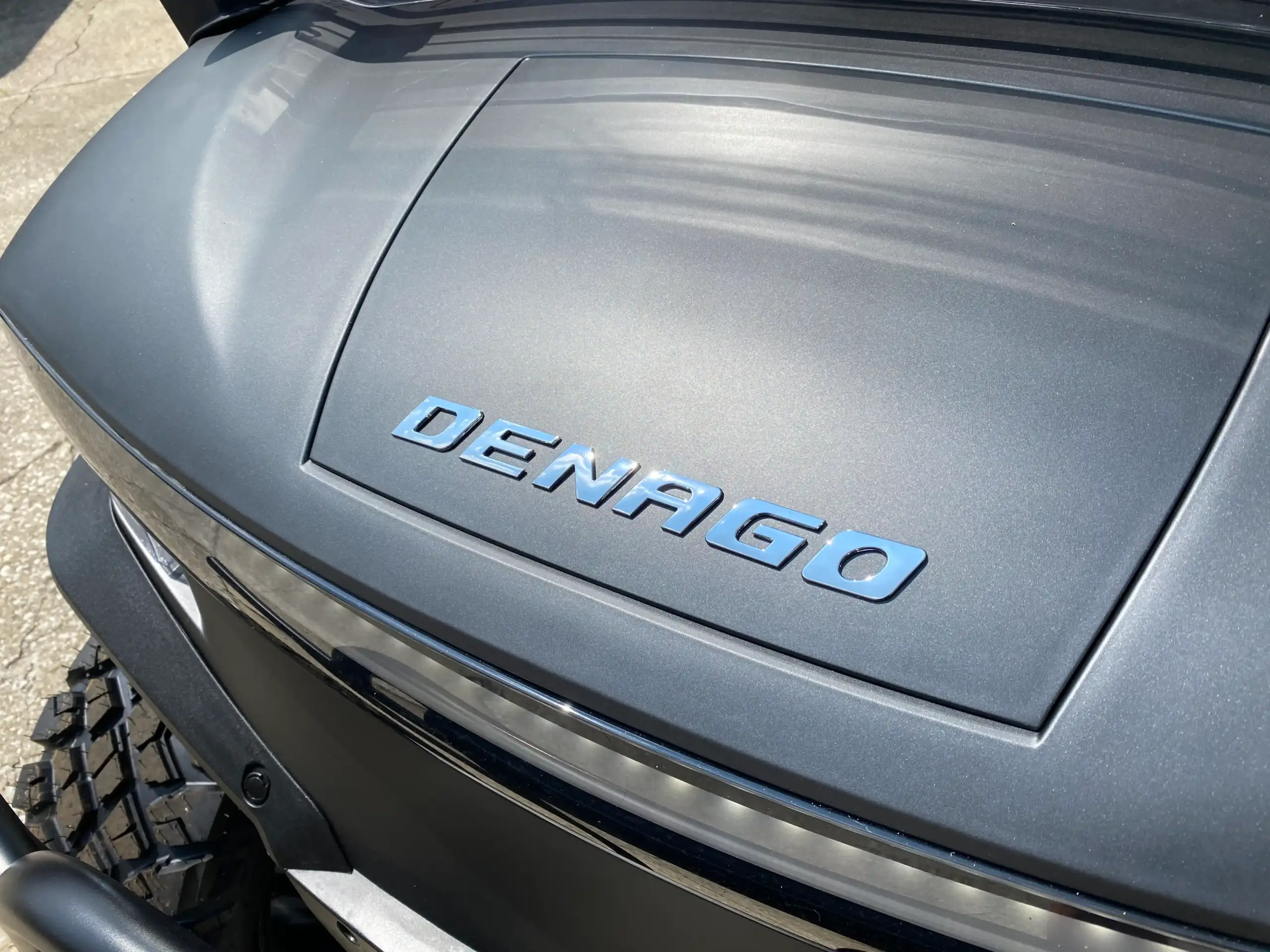
Why small habits lower big costs
Batteries cost more than almost any other service item on a cart. Smart habits stretch that investment. A well‑treated lead‑acid pack can last four to six years. Many fail sooner because owners leave them half charged for days or run them down to empty. Lithium can last even longer, often close to a decade, when you keep it cool, avoid extremes, and use a matched charger. Every careful charge adds up to more capacity tomorrow and fewer replacements down the road. Think of the charger as part of the cart, not an afterthought.
Plan charging time and range with your schedule
Charge time depends on charger amperage, pack size, and how far you drove. A lead‑acid pack often needs most of the night from low to full. Lithium can finish in a few hours with a proper charger. If you ride several times a day, plug in between trips instead of waiting for the evening. Short, frequent charges fit that use pattern and keep voltage steady. If you need full range for a long outing, give yourself extra time for the final top‑off and cell balance. When you plan the charge, the cart is ready when you are.
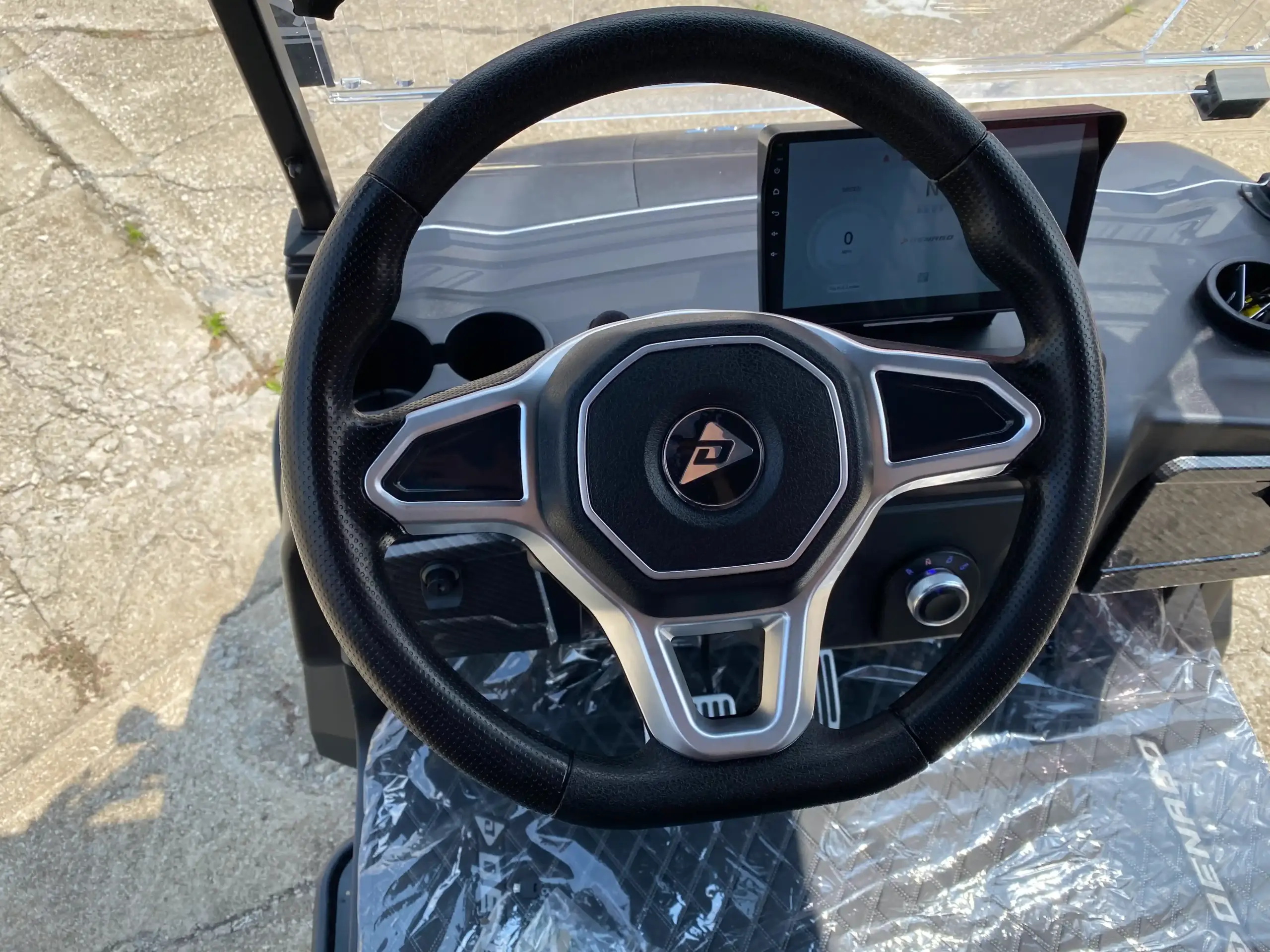
Upgrade the system when your needs change
Needs evolve. If you add a rear seat, bigger tires, or a lift, the cart may draw more energy. If you start towing a small trailer or climb steeper hills, the pack works harder. Revisit the charger and cables when you change the load. A higher‑amp smart charger can shorten downtime for heavy use. If you switch from lead‑acid to lithium, replace the charger with a LiFePO₄ unit. Do not mix old parts with new chemistry. Ask your dealer to confirm settings and connectors so the system stays safe and efficient.
Keep records and watch trends
A simple log helps you spot early decline. Note the date, the estimated state of charge when you plug in, and the time to full. If times creep up or range falls week after week, investigate. Check tire pressure first, then connections, then the charger. With lithium, open the app and check cell balance. With lead‑acid, look for uneven fluid levels or a warm battery during charge. Small clues point to the cell or cable that needs attention. Fix one weak link and the whole pack performs better.
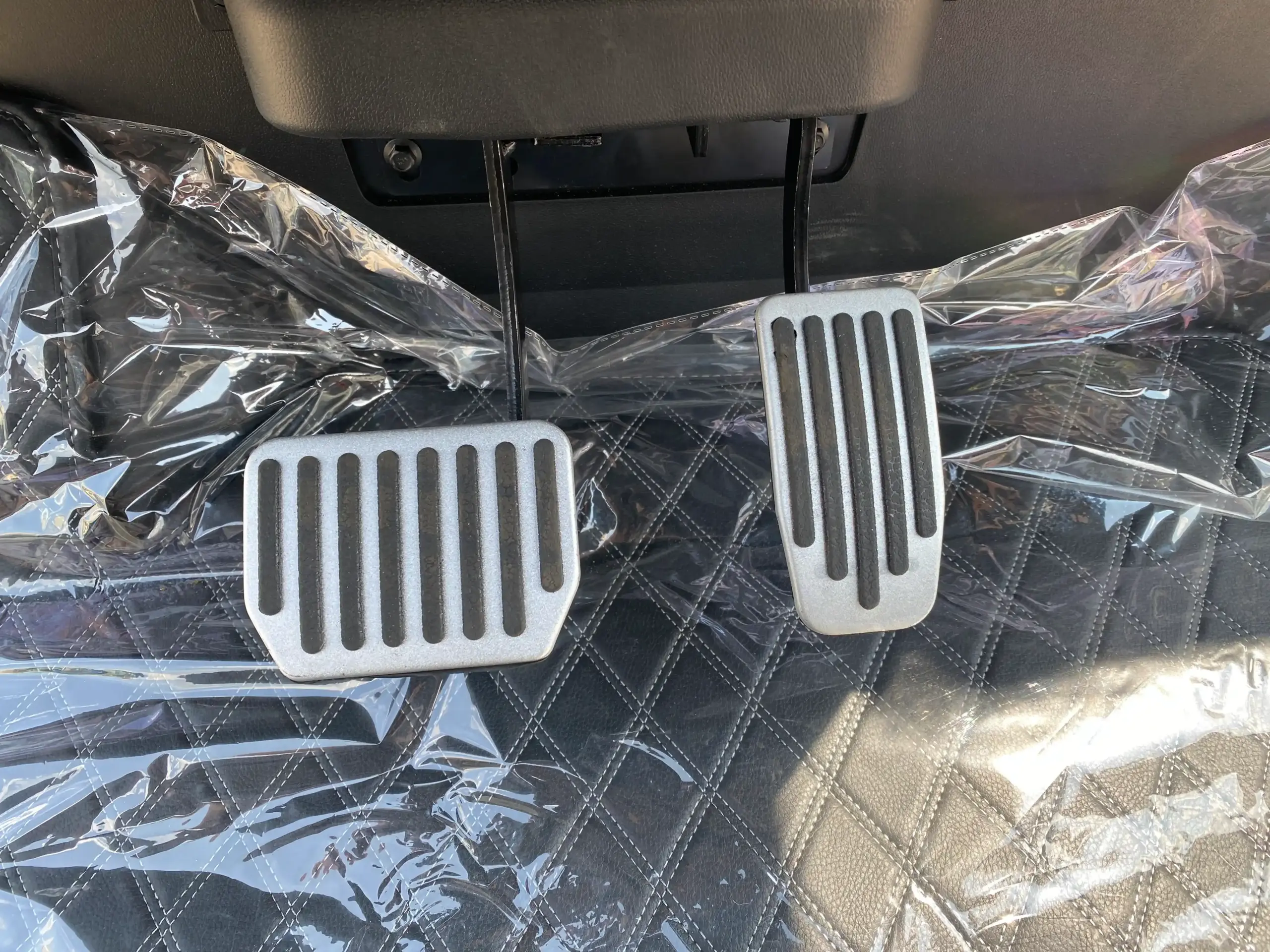
Avoid the myths that drain life
Do not run a pack nearly empty “to keep it healthy.” That practice harms both chemistries in carts. Do not assume every charger will do. Profiles differ, and the wrong one can leave you undercharged or overheated. Do not think lithium needs no care. It needs less care, but it still needs the right charger, sane temperatures, and solid connections. Clear these myths from your routine and your cart will prove far more dependable.
Learn more from reliable sources
If you want deeper background on battery behavior and charging strategies, the articles at Battery University explain the science in plain language. For broad electric‑vehicle basics, including motors, inverters, and charging, the U.S. Department of Energy’s overview is helpful as well: DOE Alternative Fuels Data Center. Those resources align with the practical steps you use here every day.
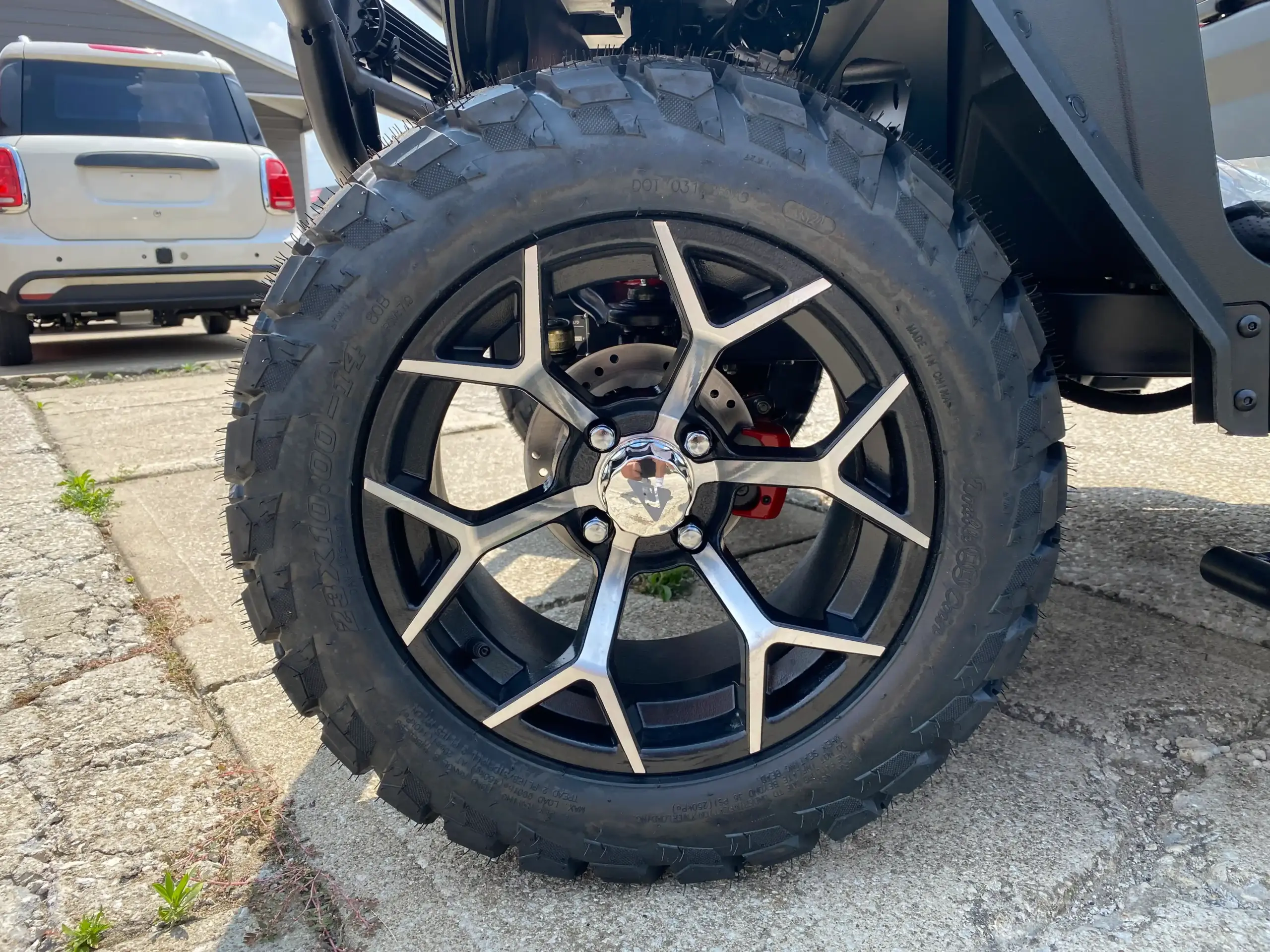
Conclusion
Once you know how to charge electric golf cart with a clear, simple routine, ownership gets easy. Park in a cool, ventilated spot, match the charger to the pack, and finish the charge instead of cutting it short. Give lead‑acid a full, same‑day charge and water after it cools. Give lithium convenient top‑ups and avoid charging in deep cold. Keep cables tight and clean, and store the cart in a stable environment when you take a break for the season. These small, steady habits protect range today and preserve capacity for years. Your cart will start every ride with confidence—quiet, smooth, and ready to go.
Related reading: Do Electric Vehicles Have Transmissions? • Are Electric Vehicles Worth It? • Service & Upgrades








